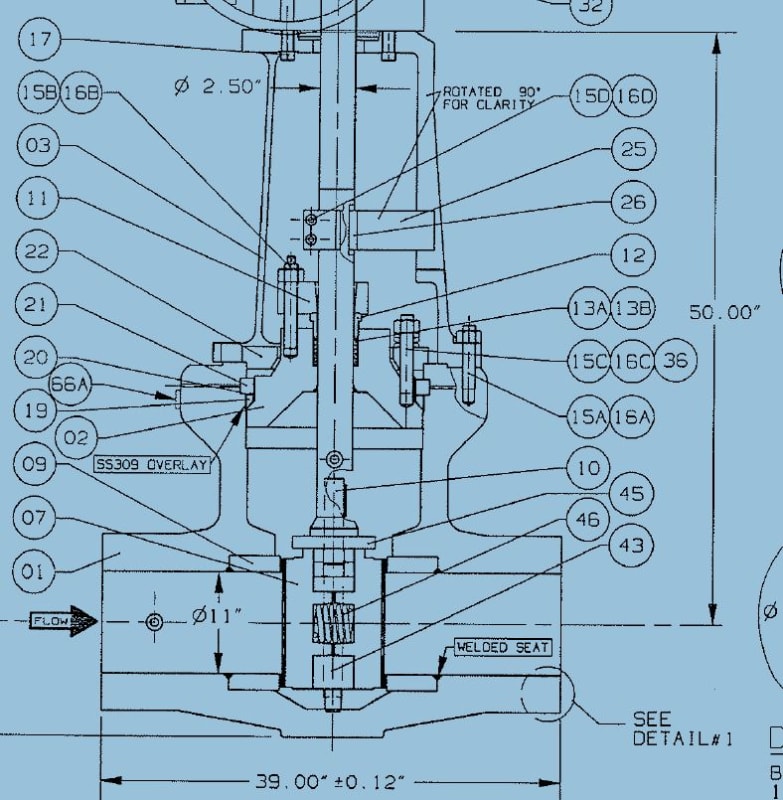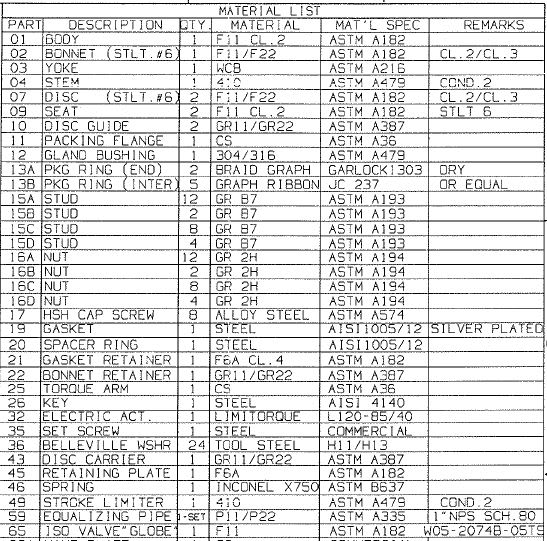deepu78
Mechanical
- Nov 11, 2008
- 51
I have a query regarding Isolation valves in syngas service.
Current Valve size is 16"(400NB)class 600
Temperature 293 deg C
Pressure 35 Bar
Current Valve is a GATE VALVE.
What are the pros and cons of using a BALL VAlVE in the place of above GATE VALVE.
DV
Current Valve size is 16"(400NB)class 600
Temperature 293 deg C
Pressure 35 Bar
Current Valve is a GATE VALVE.
What are the pros and cons of using a BALL VAlVE in the place of above GATE VALVE.
DV


